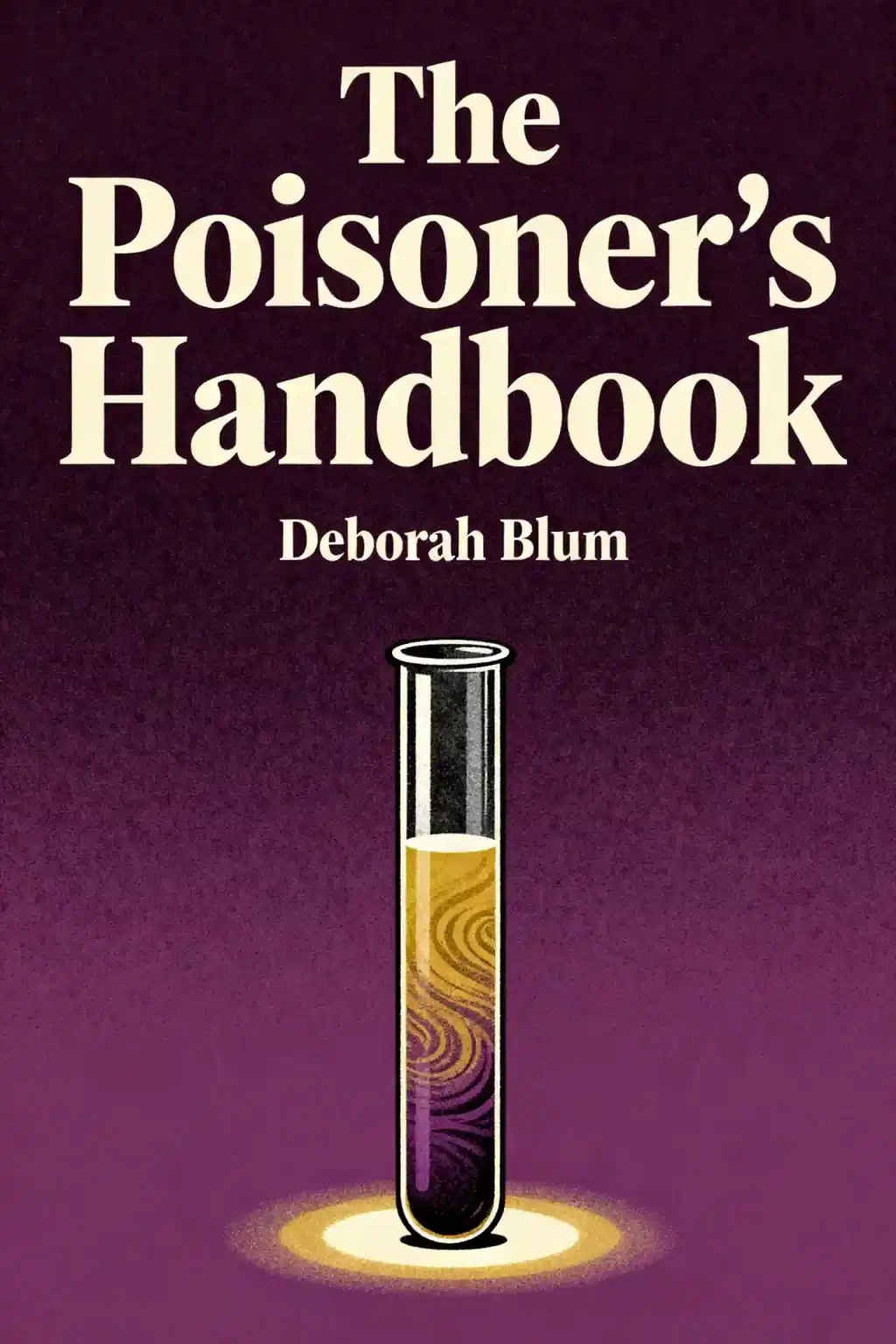
Killers of the Flower Moon by David Grann Summary
Overview of Killers of the Flower Moon
Uncover the shocking Osage murders that birthed the FBI. David Grann's riveting bestseller - praised by The New York Times as "soul-searing" - exposes America's forgotten genocide. Now a Scorsese masterpiece, this dark history reveals how greed enabled systematic murder through marriage.
Similar books to Killers of the Flower Moon
Feel the book through the author's voice
Turn knowledge into engaging, example-rich insights
Capture key ideas in a flash for fast learning
Enjoy the book in a fun and engaging way
Key takeaways
A Forgotten American Tragedy
In the early 1920s, the Osage people of Oklahoma were among the wealthiest individuals per capita in the world. After being forced onto seemingly worthless rocky land, they had shrewdly retained mineral rights when oil was discovered beneath their reservation. As black gold erupted from the earth, coating everything in its path with slick spray, the Osage celebrated their newfound prosperity. They built mansions, drove luxury cars, and hired white servants - a dramatic reversal of racial hierarchy that unsettled many Americans. But their wealth made them targets. One by one, Osage tribal members began dying under mysterious circumstances. Mollie Burkhart, a wealthy Osage woman, watched in horror as her family members were systematically eliminated - her sister Anna shot in the head, her mother Lizzie wasting away from a mysterious illness, and her sister Rita and brother-in-law Bill killed in a house bombing. What began as isolated incidents revealed itself as something far more sinister: a calculated conspiracy to murder Osage people for their oil headrights - the valuable shares in the mineral trust that could be inherited but never sold. This wasn't just a series of random killings. It was a methodical plot that would expose the darkest corners of American greed and prejudice.
The Osage Journey and the Underground Reservation
The Reign of Terror and Its Architect
The Evidence Man and His Investigation
Unraveling the Conspiracy
Justice and Its Limits
Blood Cries Out: Legacy and Remembrance
Quick Summary Mode - Read or listen to Killers of the Flower Moon Summary in 8 Minutes
Break down key ideas from Killers of the Flower Moon into bite-sized takeaways to understand how innovative teams create, collaborate, and grow.
Flash Card Mode - Top 10 Insights from Killers of the Flower Moon in a Nutshell
Distill Killers of the Flower Moon into rapid-fire memory cues that highlight Pixar’s principles of candor, teamwork, and creative resilience.

Fun Mode - Killers of the Flower Moon Lessons Told Through 24-Min Stories
Experience Killers of the Flower Moon through vivid storytelling that turns Pixar’s innovation lessons into moments you’ll remember and apply.
Personalize Mode - Read or listen to Killers of the Flower Moon Summary in 0 Minutes
Ask anything, pick the voice, and co-create insights that truly resonate with you.

From Columbia University alumni built in San Francisco
"Instead of endless scrolling, I just hit play on BeFreed. It saves me so much time."
"I never knew where to start with nonfiction—BeFreed’s book lists turned into podcasts gave me a clear path."
"Perfect balance between learning and entertainment. Finished ‘Thinking, Fast and Slow’ on my commute this week."
"Crazy how much I learned while walking the dog. BeFreed = small habits → big gains."
"Reading used to feel like a chore. Now it’s just part of my lifestyle."
"Feels effortless compared to reading. I’ve finished 6 books this month already."
"BeFreed turned my guilty doomscrolling into something that feels productive and inspiring."
"BeFreed turned my commute into learning time. 20-min podcasts are perfect for finishing books I never had time for."
"BeFreed replaced my podcast queue. Imagine Spotify for books — that’s it. 🙌"
"It is great for me to learn something from the book without reading it."
"The themed book list podcasts help me connect ideas across authors—like a guided audio journey."
"Makes me feel smarter every time before going to work"
From Columbia University alumni built in San Francisco

Get the Killers of the Flower Moon summary as a free PDF or EPUB. Print it or read offline anytime.










